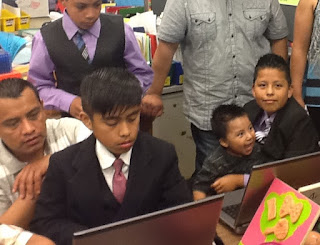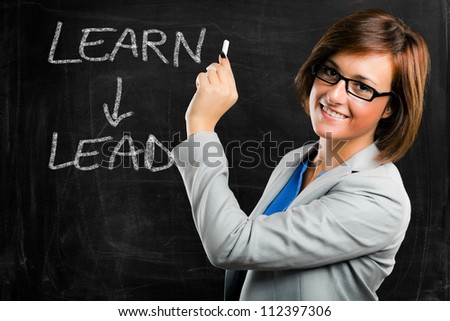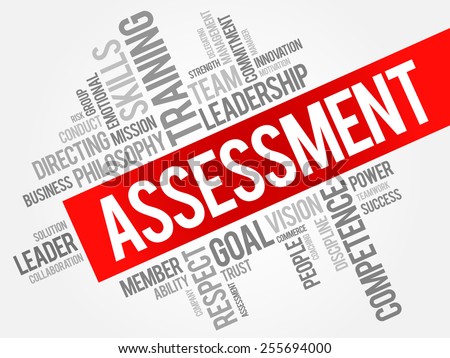We recently had the opportunity to interview Bryan McKinley Jones
Brayboy (Lumbee), ASU President's Professor of Indigenous Education and Justice
in the School of Social Transformation. Brayboy was a keynote speaker at WIDA’s
2015 National Conference. Here are some thoughts he shared with us after his
presentation.
Narrow metrics are often used to measure how successful a school
is, how would you define a successful school?
It won’t be using the same metrics that other people are using. To
me, it is about whether or not children are healthy. To me I measure if a
school is working based on how kids look when they are walking in. So for my
own kids, who go to a good school, they have a way of walking when I know they
are happy and engaged and want to be there. So one of them glides when he is
happy. When he is gliding, I know things are working well. The other one
bounces.
I understand accountability measures and the politics around them,
but for me school should be a place where kids want to be, where they are
happy, where they are healthy. And I think the same would be true for teachers.
The teachers and the administrators should show up and feel happy. They should
bounce or glide into work, however that goes for them. That would be a pretty
good mark, and the rest of the work will end up taking care of itself.
So for me, I’m a big believer of taking care of people.
On mistakes and learning:
The other thing I would say to teachers is make mistakes. We don’t
do that enough. I was once watching my son build with Legos. They’d come in
these packages, and he’d spend all day doing it, and then he’d be done with it.
It’d sit on the shelf for a week and then he’d tear it apart and start free
styling with the Legos. I watched him trying to do this really complicated
thing once. It kept breaking in a particular spot, and he just kept going back
to it. I watched him work through that and figure it out, but he made the same
mistake probably four, five, six, eight, times. Then he started trying stuff,
and this was maybe when he was in second grade.
I noticed around fourth grade
he stopped doing that; he’s still building with Legos, but I think there’s
something, and I don’t know developmentally how this works, but it seems to me
he stopped wanting to make mistakes. And I think that mistakes are actually
this great place to learn, so administrators have to allow teachers to make mistakes.
What we need to be careful of when analyzing accountability
measures:
Transferring deficiencies to children rather than looking at
structures.
Moving beyond conventional thinking about students:
Think about things differently. Move outside of
what you see as success or failure. Open yourself to see new kinds of possibilities
for your children. I think the other thing is to love your students.
Interviewed by Jackie Moreno and Ashley Painter














